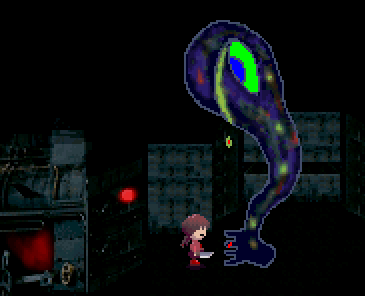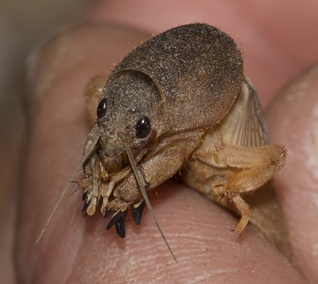𝘠𝘜𝘔𝘌 𝘕𝘐𝘒𝘒𝘐, or Story in the Absence of Story
/By most accounts, YUME NIKKI should not be considered a story-driven game. There is little text, zero dialogue and whatever plot exists is close to non-existent.
And yet, almost everyone who plays the game forms their own story around it. What about YUME NIKKI makes people do this?
Hold the phone, you promised MOTHER inspired games?
A brief detour: YUME NIKKI isn’t often cited as a game inspired by the MOTHER series, and we don’t have definitive proof that it was. KIKIYAMA, the enigmatic creator of the game, certainly never said so.
But we can deduce that it was an inspiration, as two areas seem to be visual homages to the first instalment of MOTHER:
• The FC House to various house environments
• The Pink Sea to Magicant
(While not confirmation, Toby Fox also alluded to the similarities during an interview with KIKIYAMA.)
It’s possible that KIKIYAMA was inspired by the surreal elements of the MOTHER series and the idea of exploring a place created by one’s subconscious, à la Magicant.
(Funnily enough, many games inspired by the MOTHER series also cite YUME NIKKI as inspiration, such as UNDERTALE, OMORI, OneShot and the LISA trilogy, the last of which actually started as a fangame.)
Okay, carry on. What’s the deal with YUME NIKKI?
YUME NIKKI’s plot, if it can be said to have one, is as follows:
A girl named Madotsuki refuses to leave her house.
She spends most of her time exploring an elaborate, trippy dream world.
After a certain point of exploration, she kills herself.
That first point, I think, is at the heart of YUME NIKKI’s narrative-building power. When playing a top-down exploration game, exiting rooms is a core mechanic one almost takes for granted. Being met with refusal on your character’s part to leave a space is a simple subversion that immediately begs the question of why.
The second point is a perfect segue into answering that question. Dreams are said to be a window into the subconscious, and really, it’s the only place you can go in YUME NIKKI.
But I don’t believe YUME NIKKI would’ve been so effective at making players craft a story if KIKIYAMA had just, excuse my French, thrown random shit at the wall.
Sure, there are many strange places and events to explore in Madotsuki’s dreamworld. But there are also reoccurring themes and imagery throughout the seemingly random nature of it. Be it traffic accident allusions, reproductive imagery, indigenous art, peering eyes or several other recurrences, there’s many ways to weave together who Madotsuki is and why she refuses to go outside.
I also don’t believe it would’ve been so compelling if the imagery were too consistent. The sense of mystery is a large part of what draws people in. If the answers were too obvious, it wouldn’t be fun to piece together. What stands out will vary from player to player — which also lends itself to discussion around the game.
Even the quirks in how Madostsuki interacts with her dreamworld helps build on these themes. In my own playthrough, I found the world to be an oppressively lonely one, populated with silent entities. Even as I was surrounded by people, I felt so deeply alone without a way to speak to them. Trying to find some way, any way, to make a connection with these entities almost consumed me. I would cycle through effects with very little success in achieving an interaction. There was the occasional breakthrough, but most met my attempts with indifference.
And then I found the knife.
(Courtesy of Kikiyama)
While unnecessary for progression, the only way of meaningfully interacting with most entities in YUME NIKKI is by stabbing — and usually killing — them. Why someone’s psyche would manifest in such a way was an impossible question for me to ignore.
The last point reframes whatever throughlines the player picked up in the dreamworld. Whatever happened to Madotsuki, it was enough to drive her to suicide.
Ultimately, YUME NIKKI is a game about someone else’s dreams — a stranger with her own mind and will. We cannot know what is going through Madotsuki’s head, and it may just be nonsense. But it offers just enough to keep us asking why without overwhelming the player with questions, and it gives us just enough to grasp onto without handing answers to us.
That is the beautifully simple force behind YUME NIKKI.
(Photographed by Carol wolf.)
The name is Mole Cricket. The world is a fascinating place when you’re cursed with sapience. I have too many thoughts in my mind and too much time on my claws. Without the need to work as my human peers must, I have endless time to devote to video games.
I first delved into the MOTHER series upon pupating, having heard of my kind’s inclusion in the series’ third instalment. It sparked my love for games and inspired many new game devs. My blog posts will examine games made by those devs over the decades.
I also graduated at the University of Texas with a masters in English. (The more impressive feat was not getting squashed by my squeamish classmates). You can follow me and my fellow bloggers here!




